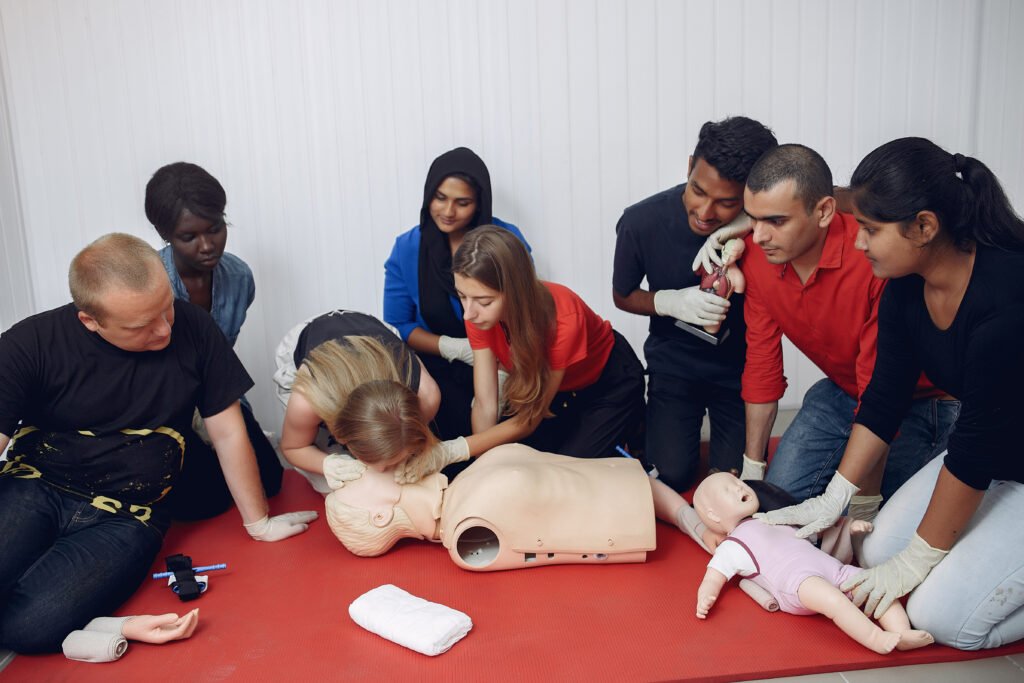Emergency preparedness is a vital life skill, especially in a country like Australia, which faces various natural hazards. In this blog post, we’ll explore the importance of teaching Australian children about emergency preparedness and provide valuable tips and strategies for teachers to empower their students with the knowledge and skills needed to stay safe in emergencies. At AB First Aid Training, we believe in promoting safety and preparedness from an early age. Our courses offer insights into this crucial aspect of well-being. To discover how our training can benefit both teachers and students, visit our website AB First Aid Training or call us at 03 8364 8984.
Teaching Emergency Preparedness to Children:
- Understanding Local Hazards: Educate students about the specific natural hazards and emergencies that can occur in their region, such as bushfires, floods, or heatwaves.
- Emergency Kits: Discuss the importance of having emergency kits at home and in schools, including essential supplies like water, non-perishable food, flashlights, and first aid supplies.
- Communication Plans: Teach students how to develop communication plans with their families, including designated meeting points and contact information.
- Evacuation Procedures: Explain evacuation procedures and practice them through drills so students know what to do in case they need to leave their homes or schools.
- First Aid Basics: Provide age-appropriate instruction on basic first aid skills, including how to assist others during an emergency.
Strategies for Teachers:
- Interactive Learning: Utilize games, activities, and discussions to make learning about emergency preparedness engaging and memorable for students.
- Guest Speakers: Invite local emergency services personnel to share their expertise and experiences with the class.
- Emergency Preparedness Projects: Encourage students to create emergency preparedness plans for their families or design emergency kits as class projects.
- Field Trips: Organize field trips to local emergency management centers, fire stations, or other relevant facilities.
- Storytelling: Use stories or case studies of real-life emergencies to illustrate the importance of preparedness.
- Regular Drills: Conduct regular safety drills to ensure students are familiar with emergency procedures and can respond effectively.
Conclusion:
Teaching Australian children about emergency preparedness is an investment in their safety and well-being. At AB First Aid Training, we understand the significance of being prepared for emergencies. Let’s work together to equip the next generation with the skills and knowledge to navigate unexpected challenges confidently.
Questions for Reflection:
- How do you think teaching emergency preparedness can positively impact students’ lives and empower them to respond to emergencies?
- Have you or your students ever been in a situation where being prepared for an emergency made a significant difference?
- What creative ideas do you have for making emergency preparedness education engaging and memorable for your students?
Sources:
- Emergency Preparedness for Children – Australian Red Cross
- Emergency Management – Australian Government
- AB First Aid Training Courses
- Contact us at AB First Aid Training: 03 8364 8984


